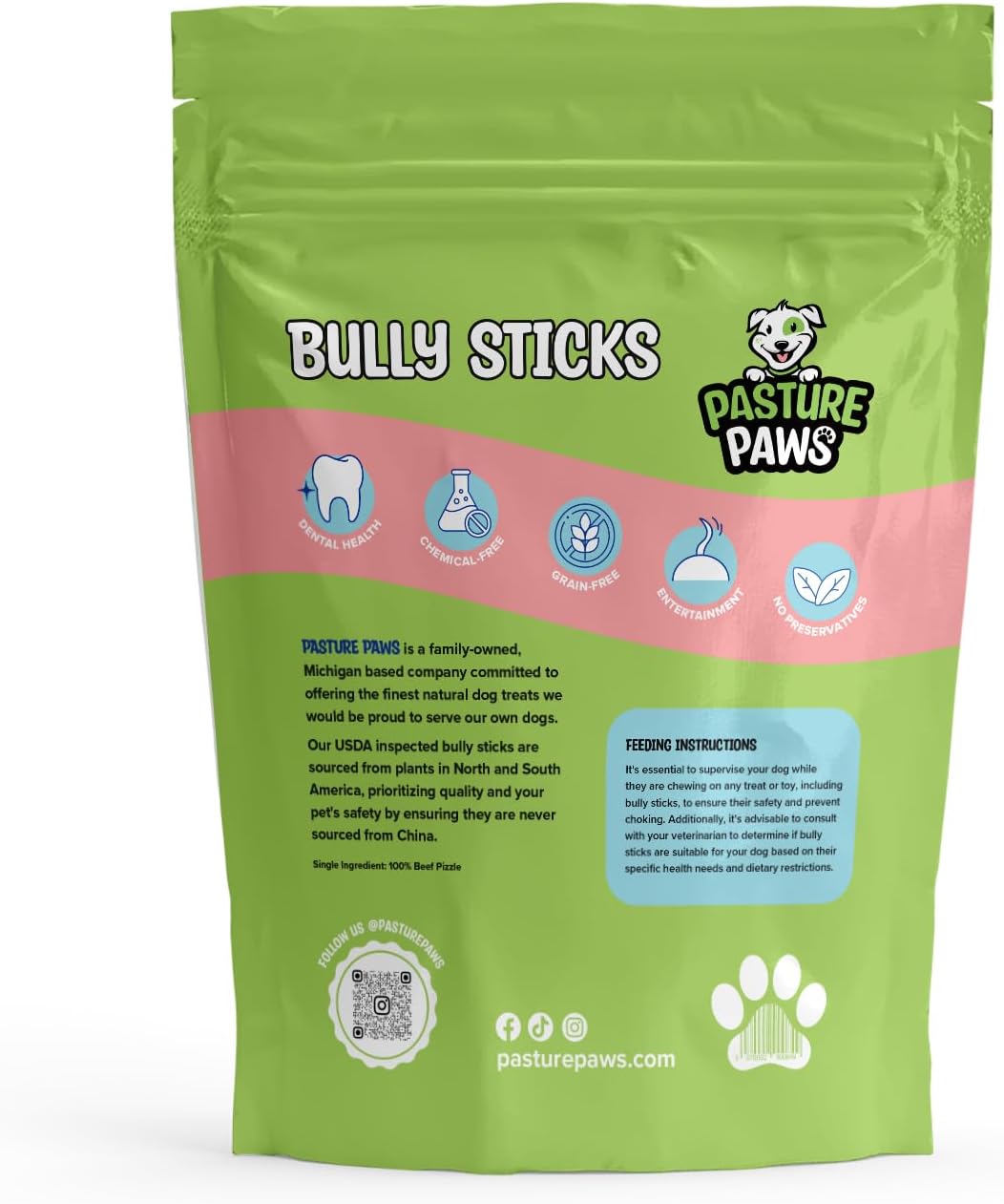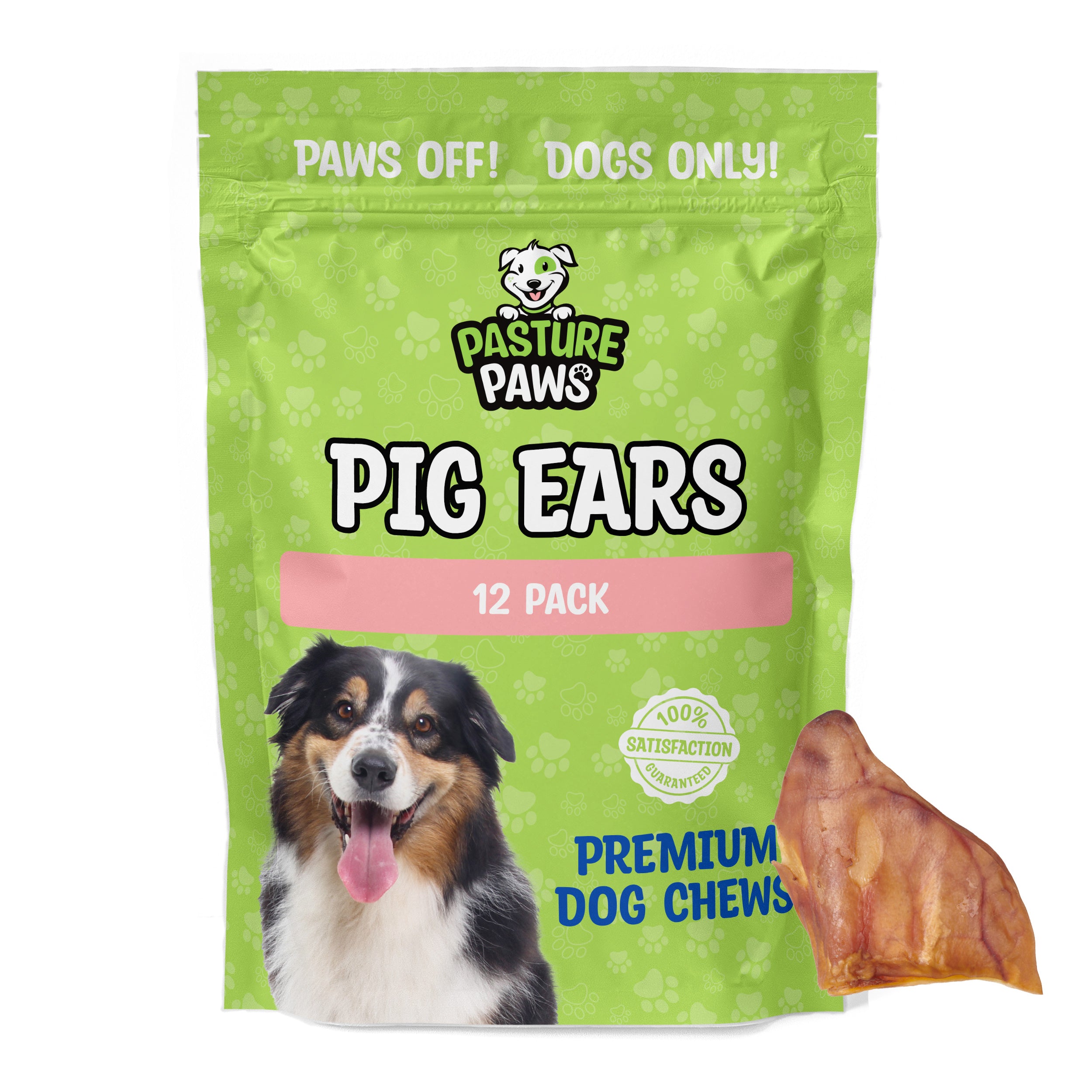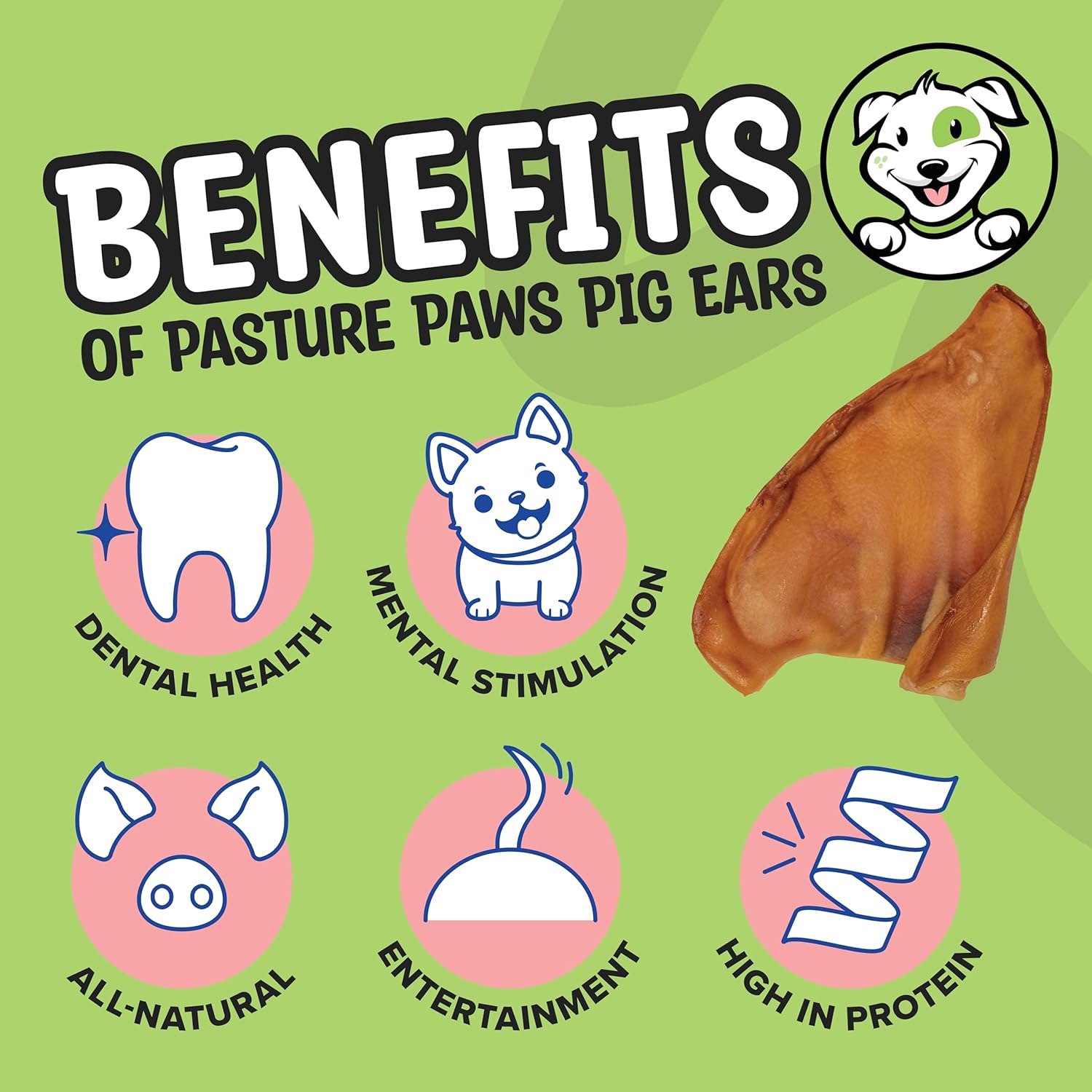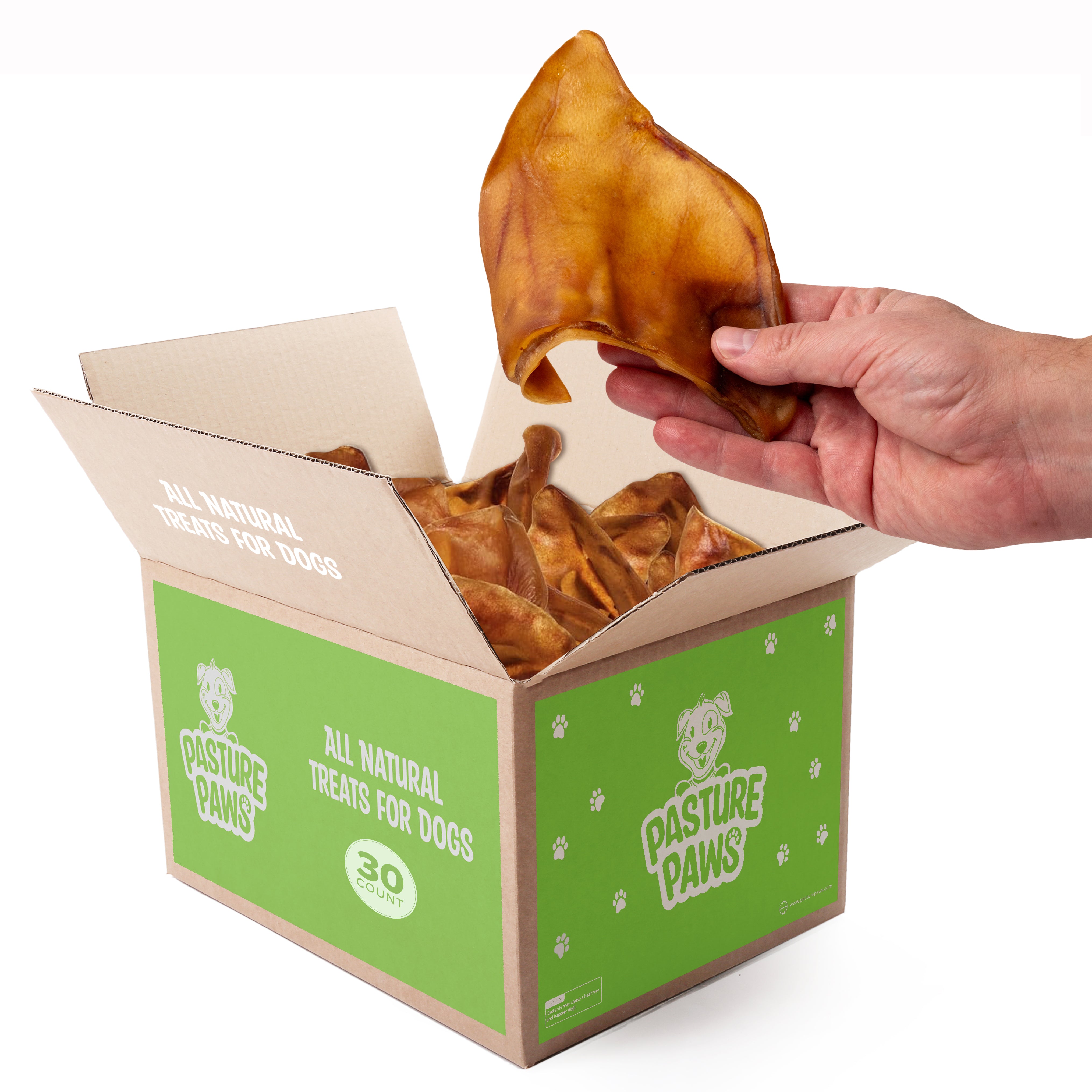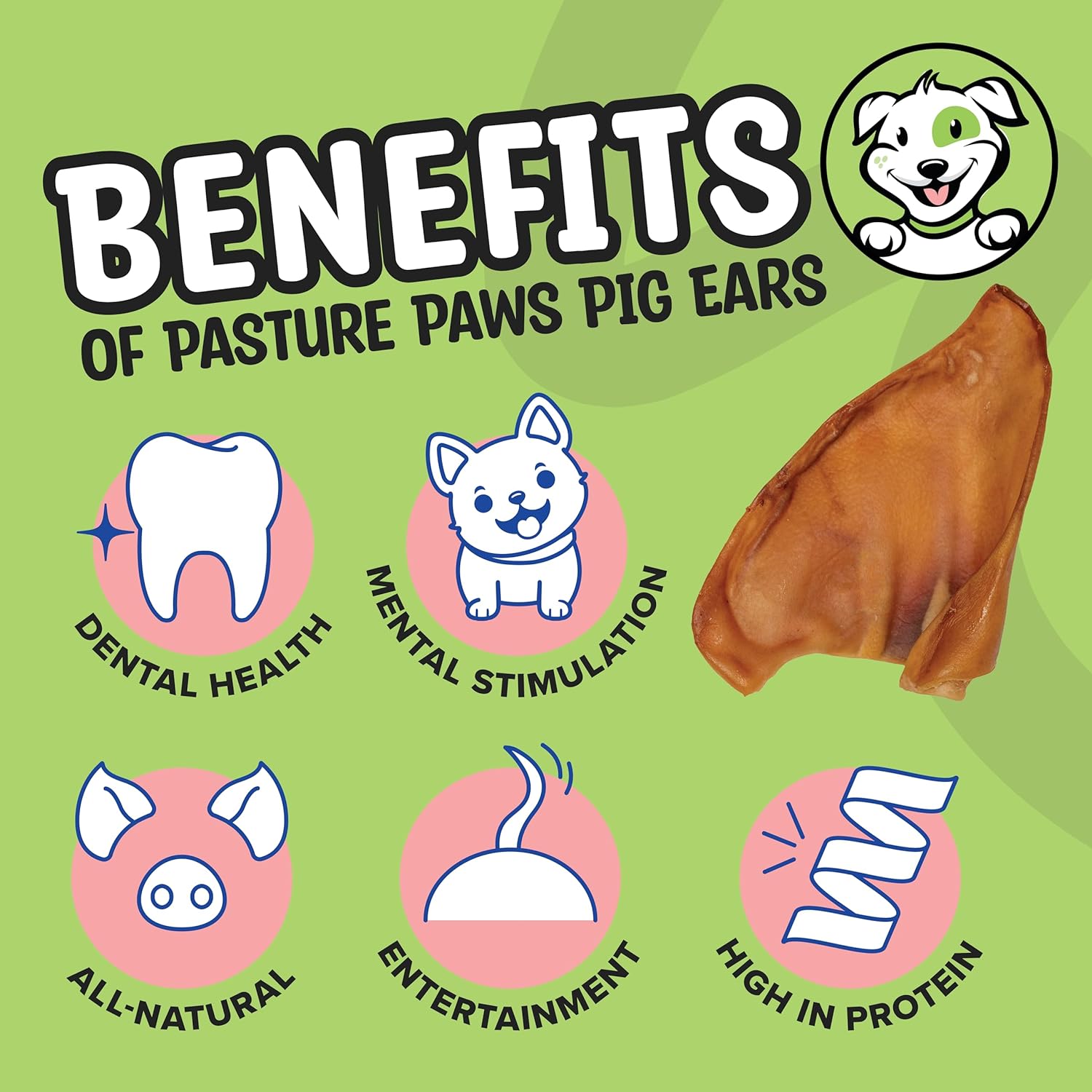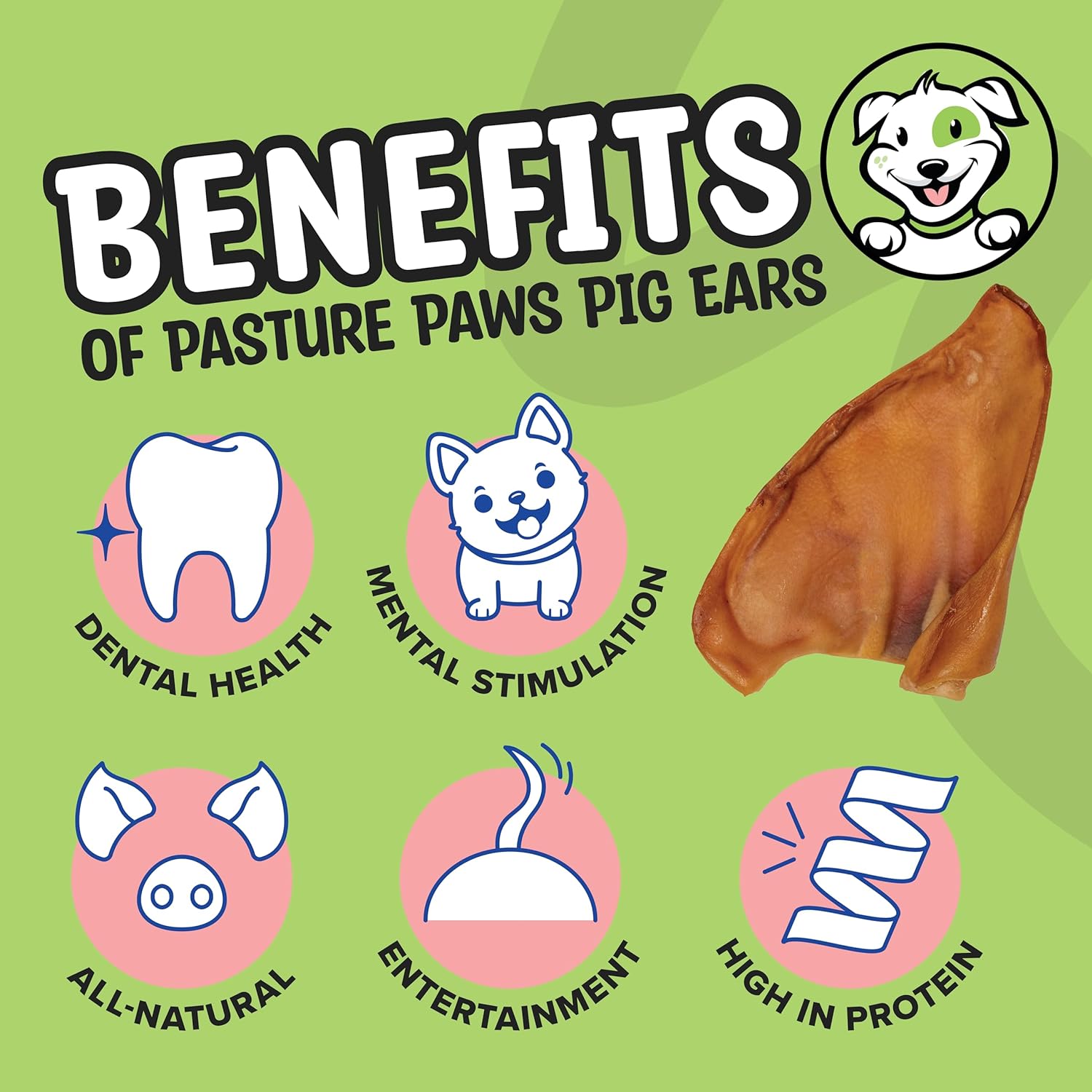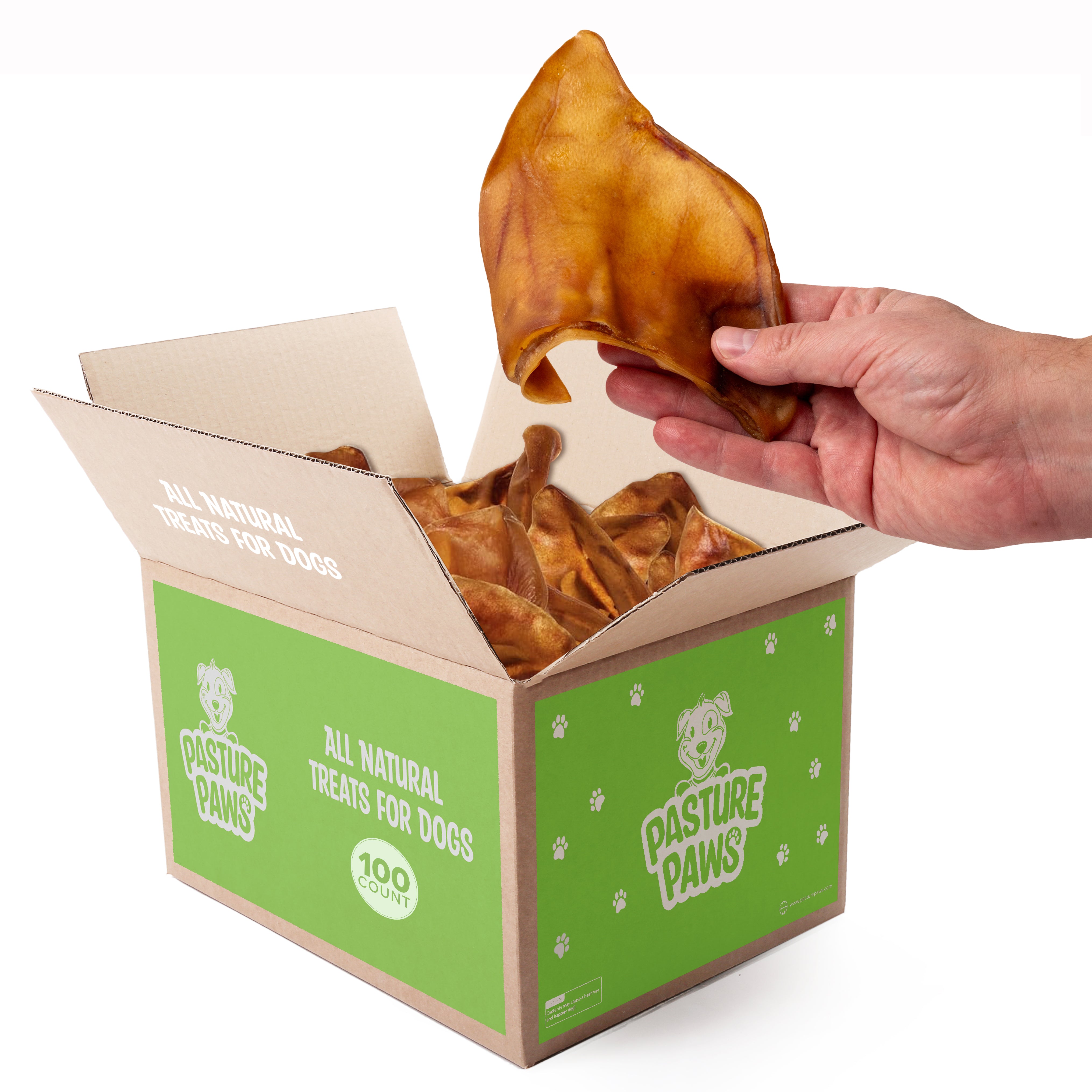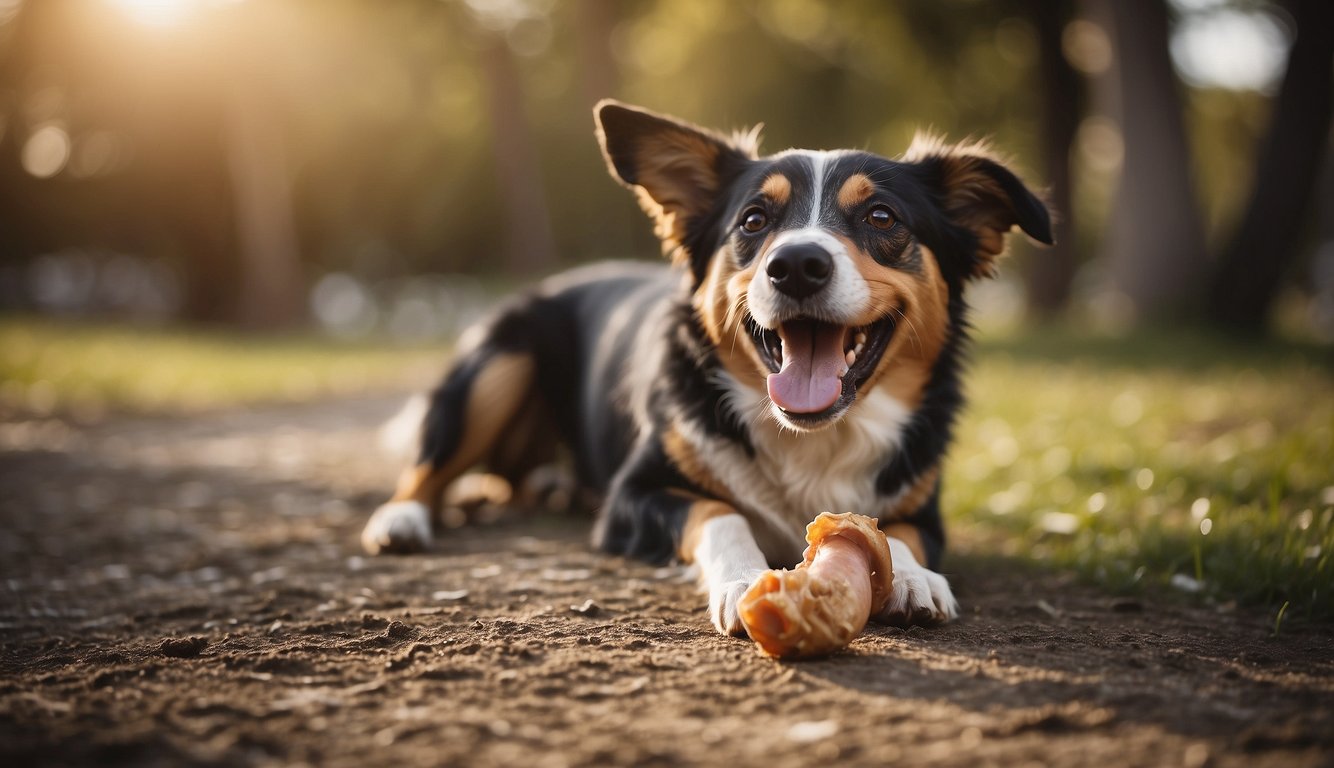When searching for the best pork femur dog treat for your pet, you want something that not only keeps them entertained but also provides nutritional benefits.
Pork femur bones are highly digestible and packed with protein, making them an excellent natural chew for dogs.
With their irresistible flavor and satisfying crunch, these treats can help meet your dog’s chewing needs while supporting dental health.
You may find that many pork femur treats on the market are made from high-quality ingredients, free of fillers and preservatives. Products like the ones from Pasture Paws ensure that your furry friend receives the best without harmful additives.
Keep reading to discover the top pork femur dog treats that will delight your pup and fit your values as a pet owner.
What Are Pork Femur Dog Treats

Pork femur dog treats are a popular choice for dog owners looking for natural, protein-rich snacks for their pets.
These treats come from the long bones of pigs and are known for their durability and flavor. They are great for medium to heavy chewers and can provide both enjoyment and enrichment for your dog.
Composition of Pork Femur Bones
Pork femur bones have a rich nutritional profile that makes them appealing as dog treats. They are primarily composed of the bone itself, which contains a good amount of protein.
The crude protein content typically ranges around 20-30%, depending on the specific product.
In addition to protein, these bones contain varying amounts of crude fat, which provides energy. Crude fat content may vary from 10-20%.
The bones also have crude fiber, which can contribute to digestion, usually around 2-5%. Lastly, moisture levels in these treats are generally low, typically around 5-10%, ensuring they are dry and safe to chew.
Types of Pork Femur Treats Available
There are different types of pork femur treats available in the market. Some are raw, while others are cooked or smoked to enhance flavor. Each type caters to different preferences and chewing habits.
-
Raw Pork Femur Bones: These are ideal for dogs that enjoy natural treats. They provide high nutritional value and encourage natural chewing behavior.
-
Cooked or Roasted Bones: These treats are often slow-roasted to bring out flavor and tenderness. They are safer because the cooking process generally makes them less likely to splinter.
-
Flavored Options: Some brands may offer pork femur bones that are infused with other flavors like peanut butter or cheese, appealing to dogs with varying tastes.
When choosing pork femur treats, consider the size and chewing strength of your dog to ensure a safe and enjoyable experience.
Benefits of Pork Femur Treats for Dogs

Pork femur treats offer several advantages for your dog. They provide dental benefits and are packed with protein and nutrients, making them a healthy choice for many dogs.
Dental Hygiene and Chew Benefits
Pork femur bones serve as natural chews for dogs. Chewing on these bones can help remove plaque and tartar from your dog’s teeth.
The act of gnawing can promote healthier gums and fresher breath, contributing to better oral hygiene.
As dogs chew, they massage their gums, which can prevent dental diseases. It is important to supervise your dog while they chew to ensure safety.
Look for bones that are free of harmful chemicals and preservatives. This way, you can provide a satisfying chew that contributes to dental care.
Protein and Nutrient Content
Pork femur bones are highly nutritious. They are rich in protein, which is essential for muscle development and overall health. Protein plays a vital role in building and repairing tissues in your dog’s body.
In addition to high protein content, these bones contain essential vitamins and minerals that support your dog’s immune system.
Look for top-quality femur bones that are sourced from safe, healthy animals. Doing so ensures your dog gets the most benefit from these natural treats without unnecessary additives or fillers.
Safety Considerations for Pork Femur Treats

When it comes to giving your dog pork femur treats, safety is a top priority. It’s essential to supervise your pet during chew time and choose the right bone size for their breed. These steps can help reduce risks and keep your dog happy.
Supervision While Chewing
Always supervise your dog when they are chewing on a pork femur bone. This helps you catch any potential hazards, like splintering pieces.
As your pet gnaws on the bone, monitor their behavior closely. If you notice excessive chewing or pieces breaking off, take the bone away immediately.
This is crucial to prevent choking or digestive blockages. Make sure your dog is in a safe area where you can easily keep an eye on them.
Using bones with knuckles on each end can also help provide a safer chewing experience. Knuckles can prevent your dog from swallowing large pieces and reduce splintering risks.
Appropriate Sizing for Different Dogs
Choosing the right size for pork femur bones is important for your dog’s safety. Large bones may be suitable for bigger dogs, while smaller dogs need appropriately sized treats to prevent choking.
For small-size dogs, opt for smaller pork femur bones. These should be large enough to discourage swallowing whole but small enough to handle easily.
You want to avoid any scenarios where your pet could get injured.
Always inspect the bone before giving it to your dog. Look for sharp edges or cracks that could pose a risk. If the bone seems unsafe, choose a different option.
Choosing the Right Pork Femur Treat
Selecting the right pork femur treat for your dog involves understanding the quality of ingredients and the differences between various types of treats available. Proper choices ensure a safe and enjoyable experience for your pet.
Factors to Consider When Buying
When choosing a pork femur treat, first look for natural bones without any artificial ingredients. Pasture Paws Natural pork femur bones tend to be safer and healthier for dogs.
Their preparation should involve minimal processing to preserve nutritional value.
Also, consider where the treats are made. Bones made in the USA are often subject to strict safety and quality regulations. Check for product labels to ensure they meet these standards.
You should also evaluate the bone's size, as it should be appropriate for your dog's breed and chewing habits. Purchasing a treat that is too small can lead to choking risks, while one that is too large may cause dental issues.
Difference Between Natural and Artificial Treats
Natural pork femur treats offer many benefits over artificial options. They are free from artificial ingredients, making them healthier for your dog.
Natural treats like the 6" Natural Pork Femur are carefully sourced and prepared to provide essential nutrients that support your dog’s health.
In contrast, artificial treats often contain fillers and preservatives that can negatively impact your dog’s health over time. These ingredients may not provide the same chewing satisfaction and can lead to digestive problems.
Selecting natural options ensures that your dog enjoys a flavorful chewing experience while getting the health benefits of real meat.
Preparing and Preserving Pork Femur Treats

When you decide to prepare pork femur bones for your dog, it’s important to focus on safe storage and proper preparation methods. This will help ensure the treats are healthy and enjoyable for your pet.
Storage and Shelf Life
To keep pork femur bones fresh, store them in a cool, dry place. You can use airtight containers or resealable plastic bags to protect them from moisture and pests. If you have purchased cooked pork femur bones, they should remain refrigerated.
- Refrigeration: Store in the fridge for up to three days.
- Freezing: For longer storage, freeze the bones. They can last for up to six months in the freezer.
Check for any signs of spoilage, such as an off smell or discoloration, before giving them to your dog. If using liquid smoke for flavoring, make sure it’s a natural product to add taste without harmful chemicals.
Preparation and Usage Tips
Before giving your dog pork femur bones, ensure they are properly prepared. First, cook the bones thoroughly to eliminate any harmful bacteria.
A simple method is to bake them in the oven at 350°F for about 30 minutes. This also enhances flavors.
When using liquid smoke to add flavor, opt for natural liquid smoke products. Avoid additives and preservatives that might harm your dog’s health.
- Supervise Treat Time: Always watch your dog while they enjoy the bone.
- Limit Treat Duration: Keep sessions around 10-15 minutes to prevent aggressive chewing.
To prevent choking, choose the right bone size for your dog’s breed. Offering smaller pieces can help manage the chewing process.
Conclusion
When choosing a pork femur dog treat, safety is paramount. Opt for high-quality options like the 6" Natural Pork Femur, specially prepared to ensure a safe and enjoyable chewing experience.
Always consider your dog’s size and chewing habits before offering any treat, and monitor them while they chew to prevent any issues.
Pork femur bones not only provide enjoyment but also help promote dental health by removing plaque.
Ensure fresh water is always available. Prioritize your dog's safety and well-being—explore the Pasture Paws 6" Natural Pork Femur today!
Frequently Asked Questions
What are the benefits of feeding pork femur treats to my dog?
Pork femur bones can provide dental benefits by helping to clean your dog's teeth. Chewing on bones can also keep your dog engaged and reduce boredom. Additionally, they offer a source of protein and can be a tasty treat.
How can I ensure that a pork femur bone is appropriate for my dog's size?
To choose the right pork femur bone, consider your dog's weight and chewing habits. Select a bone that is proportionate to its size. A bone that is too large can be difficult for a smaller dog to handle, while a small bone may pose choking risks for larger dogs.
How do pork femur bones compare to other types of bones for dogs?
Pork femur bones are generally softer than beef bones, making them easier to chew. However, they can still splinter. Chicken bones are often more dangerous to dogs due to their fragility. Always consider the safety and health needs of your dog when choosing any type of bone.
Can pork femur bones cause digestive issues in dogs?
Pork femur bones can be a tasty treat for your dog, but it's important to keep an eye on them while they chew. Although it's rare, these bones can sometimes splinter or break into small pieces, which could cause digestive discomfort. By supervising your dog during their treat time, you can help ensure they enjoy their snack safely and avoid any potential issues.

